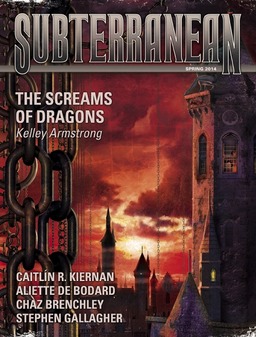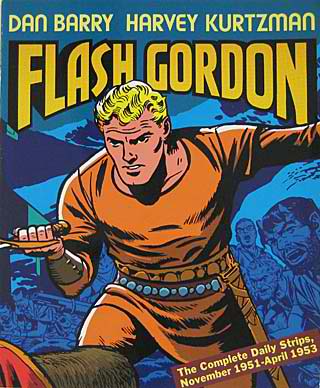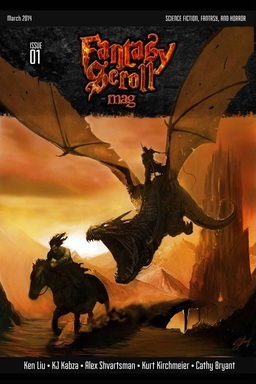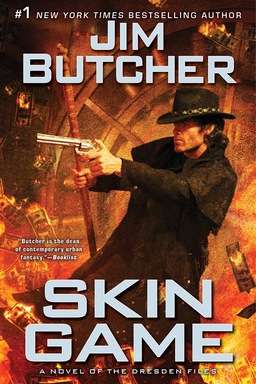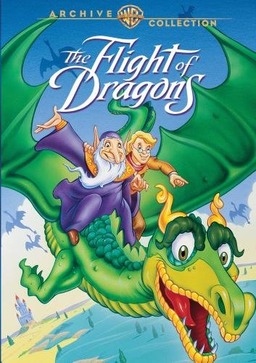 I don’t remember when I learned about dragons, but I do remember the first time they took my breath away.
I don’t remember when I learned about dragons, but I do remember the first time they took my breath away.
I was ten years old, helping to restack the shelves in my school library while a younger class watched a movie in the next room: a cartoon I’d never seen before, but which I eventually learned was called The Flight of Dragons. As it played in the background, I gleaned that there was a princess called Melisande and some sort of dark sorcerer trying to take over the land — and then, just as the bell was ringing, I saw the dragons: a sleeping field full of them, multicolored and wise, taking flight as the evil magic was lifted.
That image struck some chord within me I hadn’t known was there. Before then, with the saccharine exception of the colorfully coiffed dragons of Lady Lovely Locks, the only dragons I’d seen in stories were evil: the monster slain by St George, Disney villains Maleficent and Madame Mim in dragon form, the fearsome mountain dragon in Emily Rodda’s Rowan of Rin.
But with this single portrayal, I suddenly realized they could be more than that: that dragons could be awe-inspiring, noble, beautiful.
Soon after, I stumbled on Graeme Base’s newly released The Discovery of Dragons, a singularly gorgeous book that only affirmed my fascination; so much so that, nearly twenty years later, I still have my original copy, dust jacket and all. Then came Falcor, the beloved luck dragon of The NeverEnding Story.
But what really sealed the deal for me was a game: the original Spyro the Dragon. Despite the fact that I didn’t have a console, I played video games compulsively whenever I visited friends who did. Thus it was that, during one fateful trip to a neighbor’s house, I discovered the demo version of Spyro and became obsessed. I’d wanted a console before, but now, the idea of not having one — of not being able to play the full game — was intolerable.
I must have been pretty persistent, because sure enough, come Christmas morning, my parents revealed that they’d been paying attention: I received both a PS1 and Spyro and spent the rest of the day playing it. As, indeed, I still sometimes do, along with the first two sequels, Spyro: Gateway to Glimmer and Spyro: Year of the Dragon — not just for the nostalgia value, but because, despite the now woefully outdated graphics, they’re still good games, full of clever puzzles and fun environments, many of which had a similarly fundamental impact on how I envisage fantasy landscapes.
…
Read More Read More

